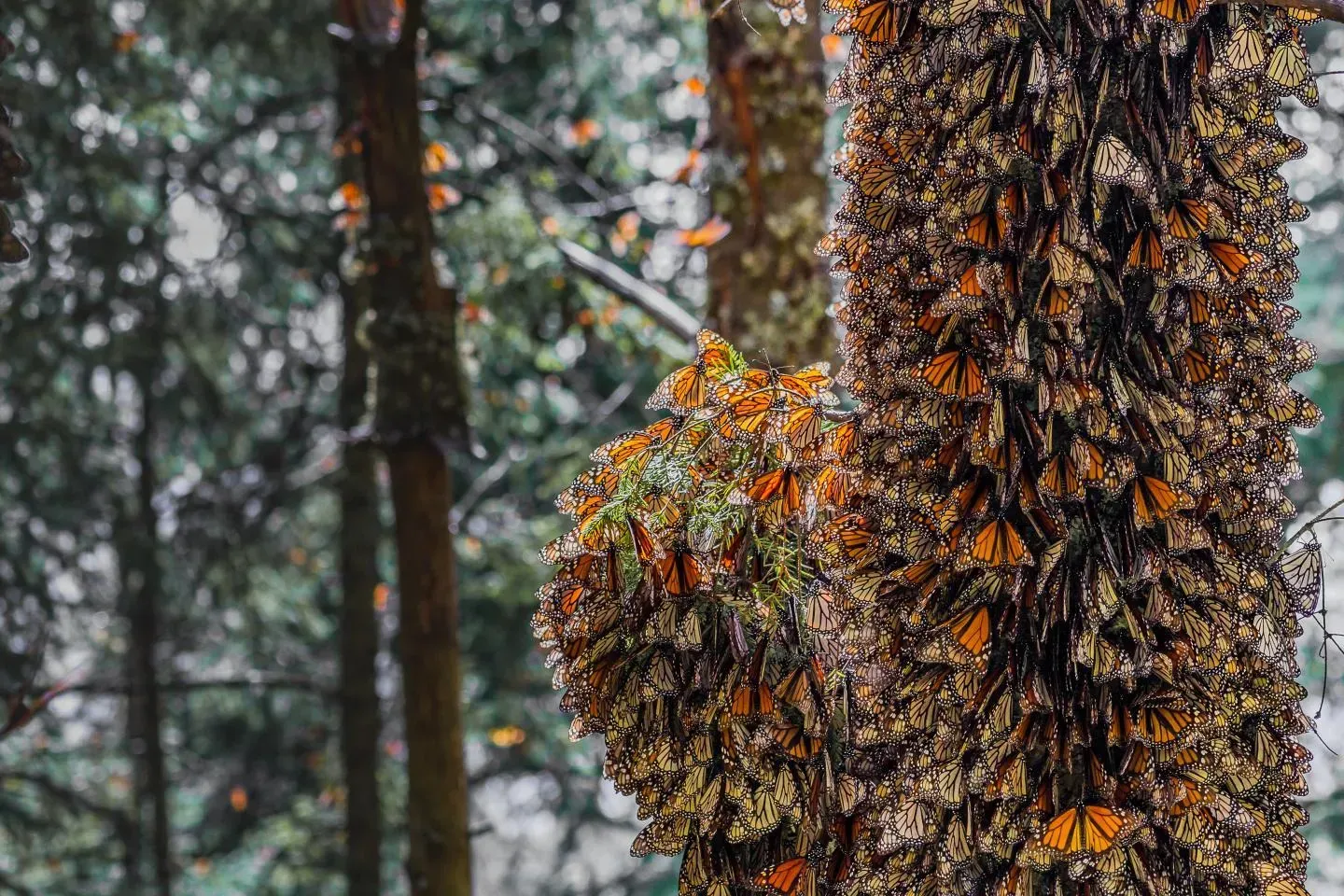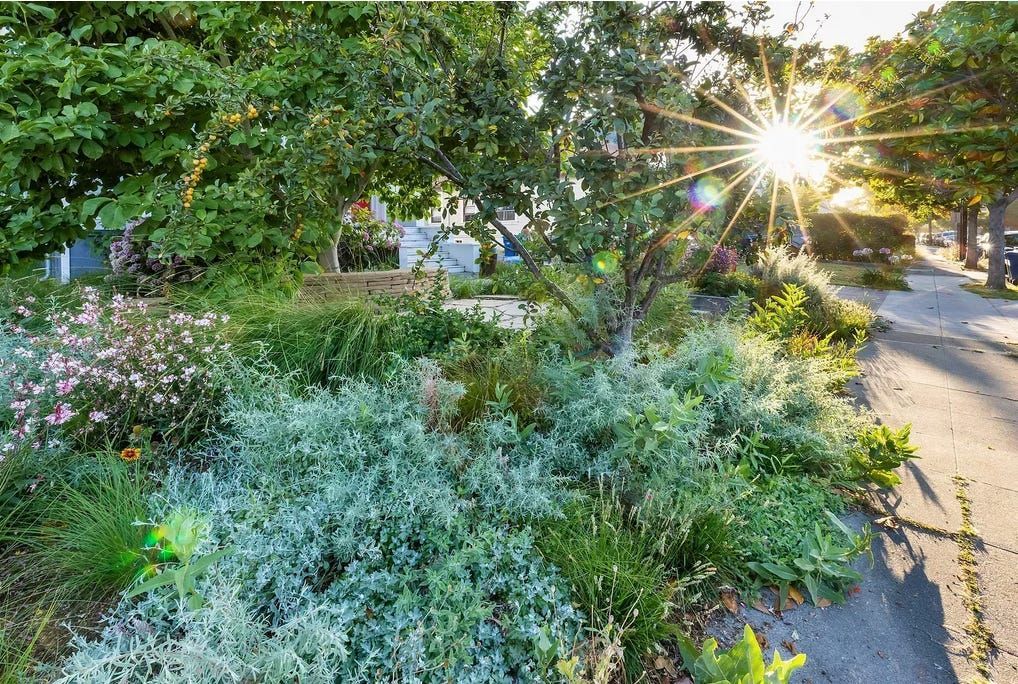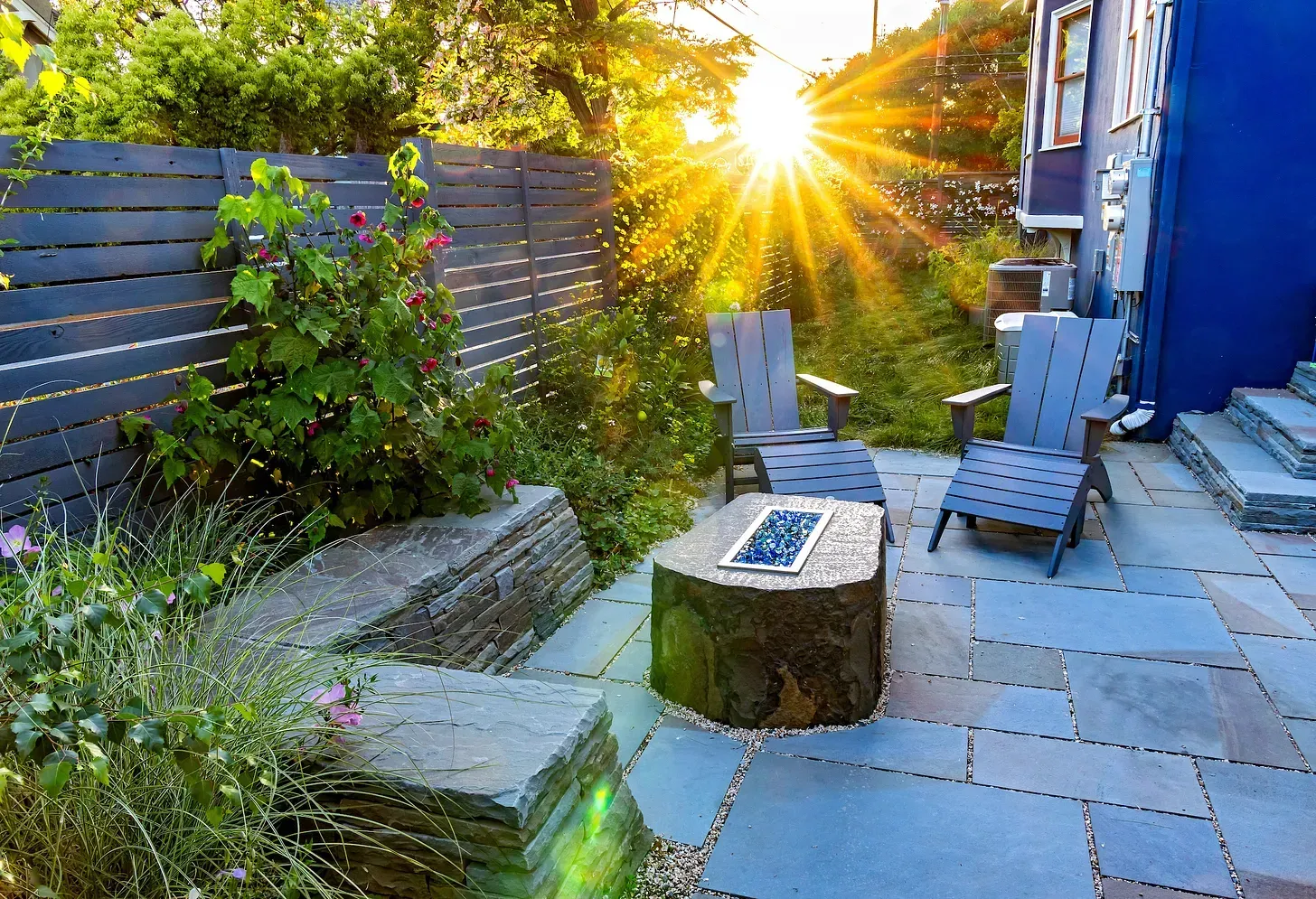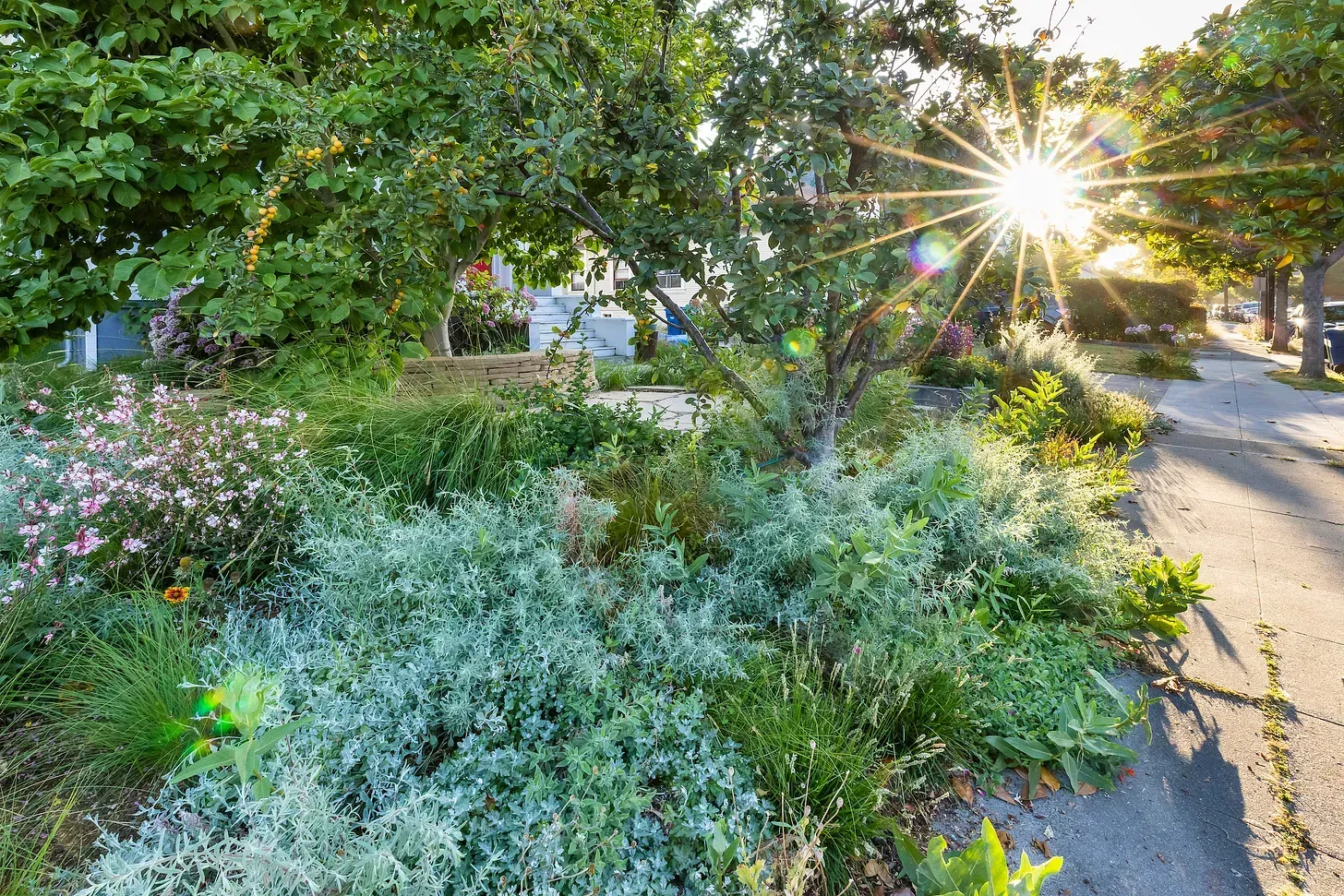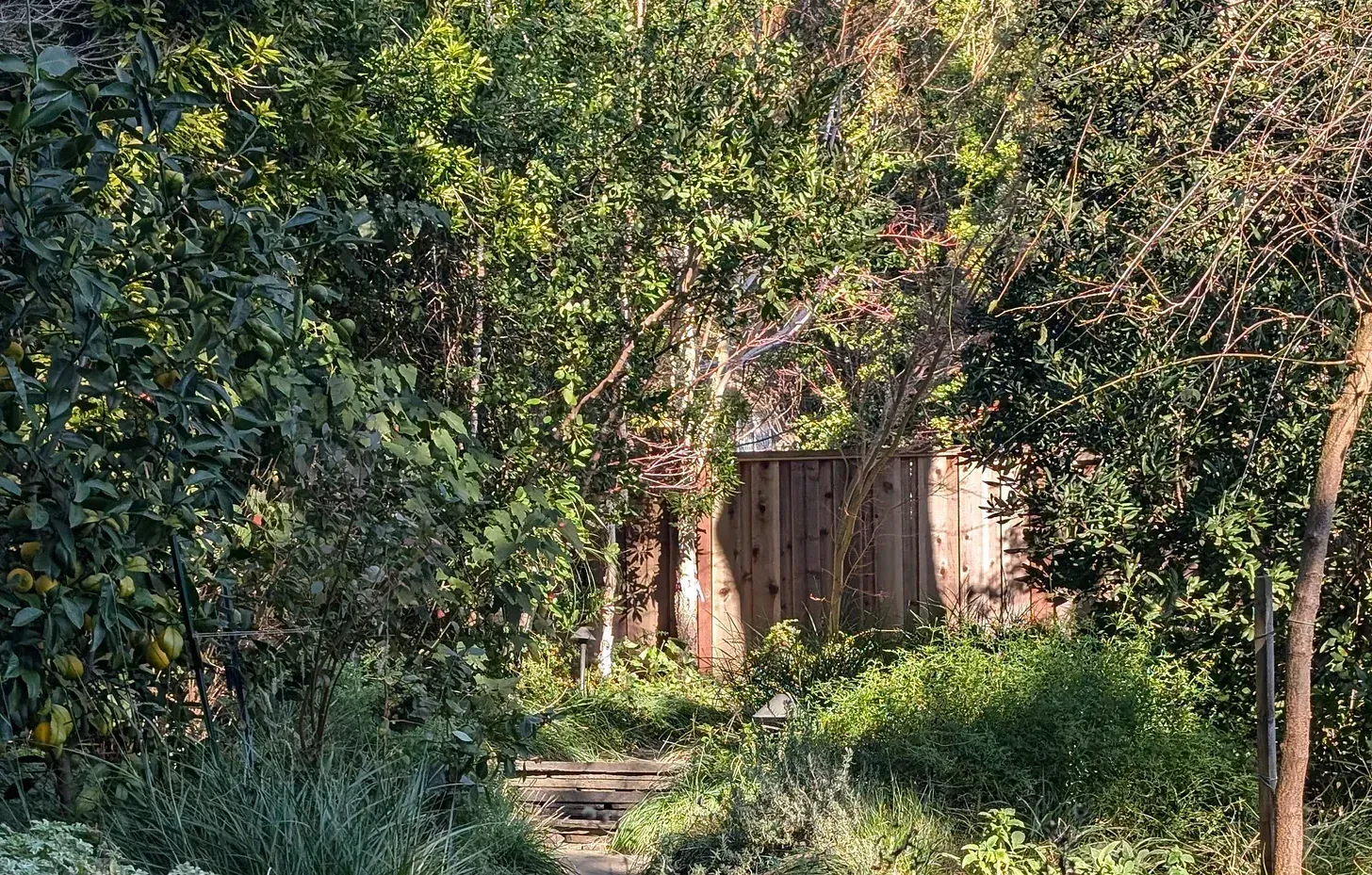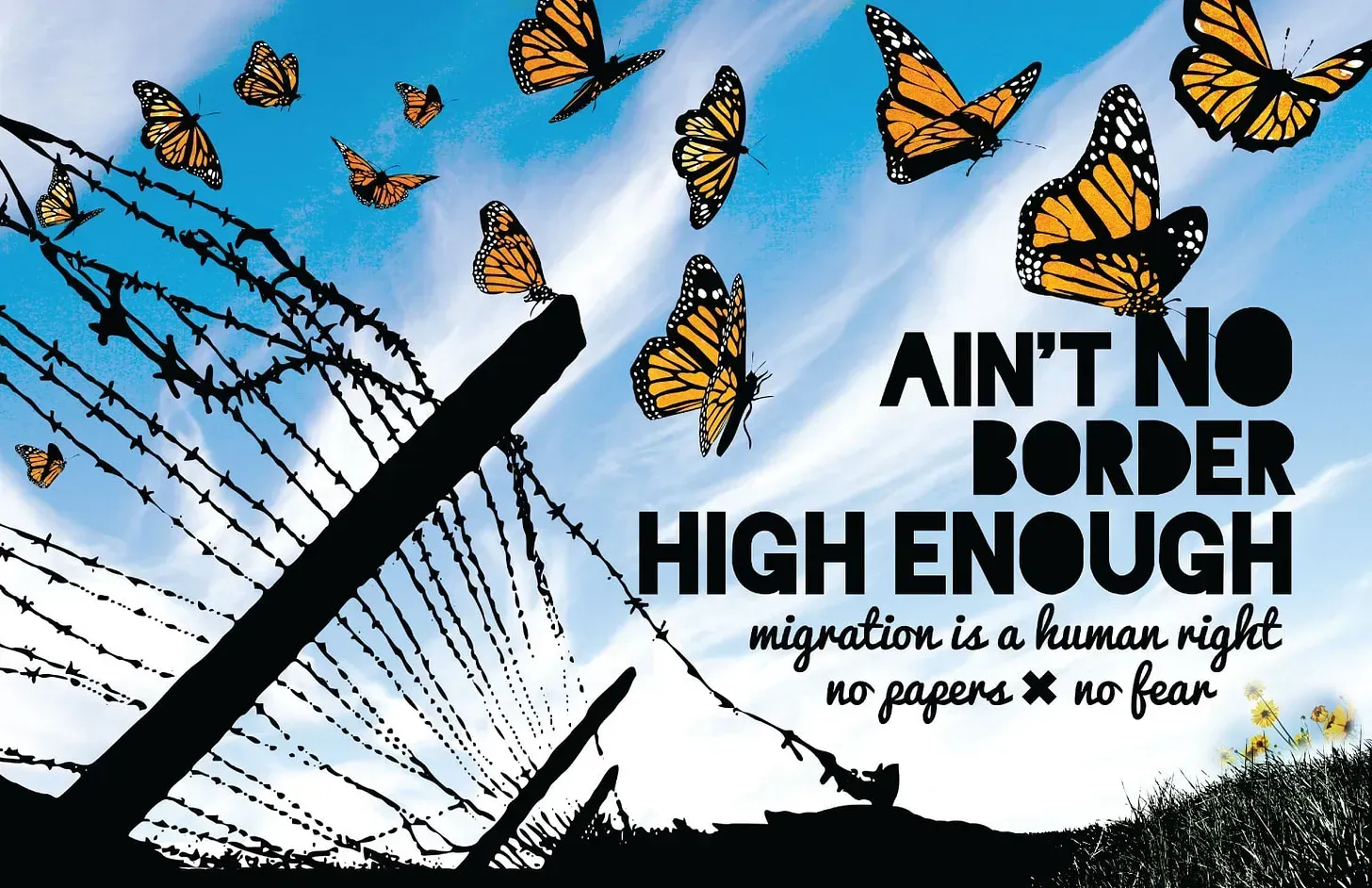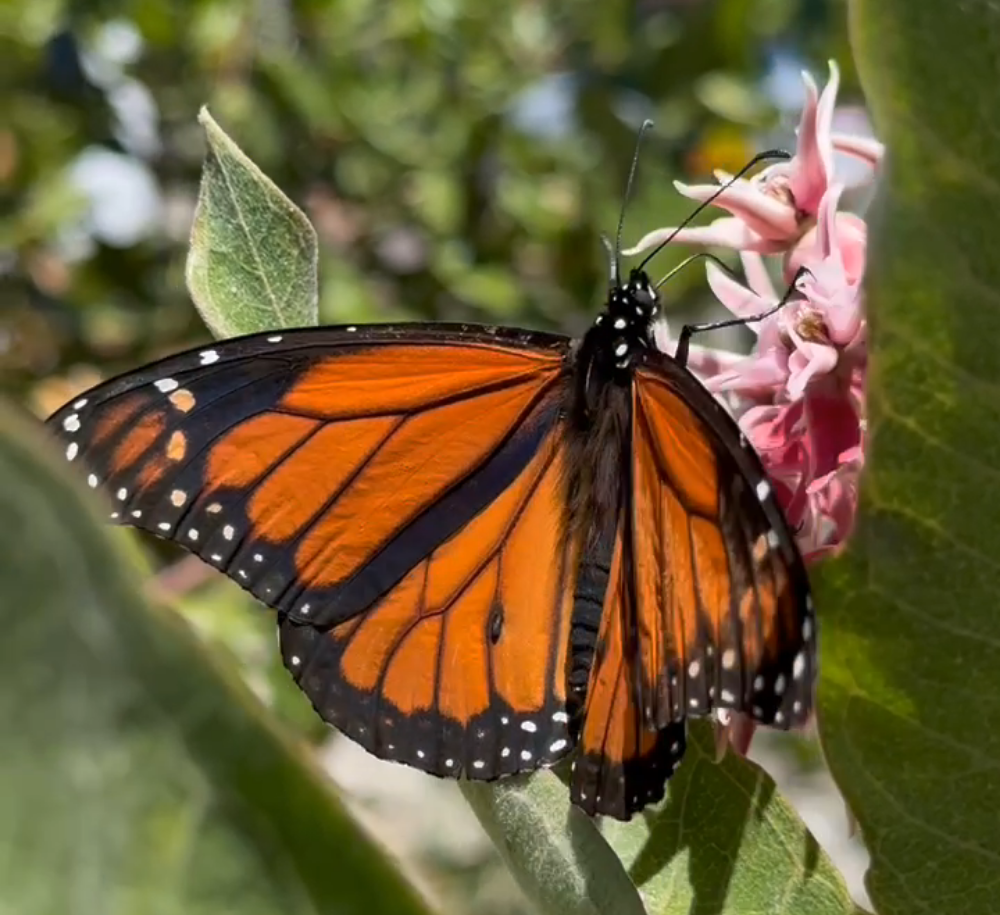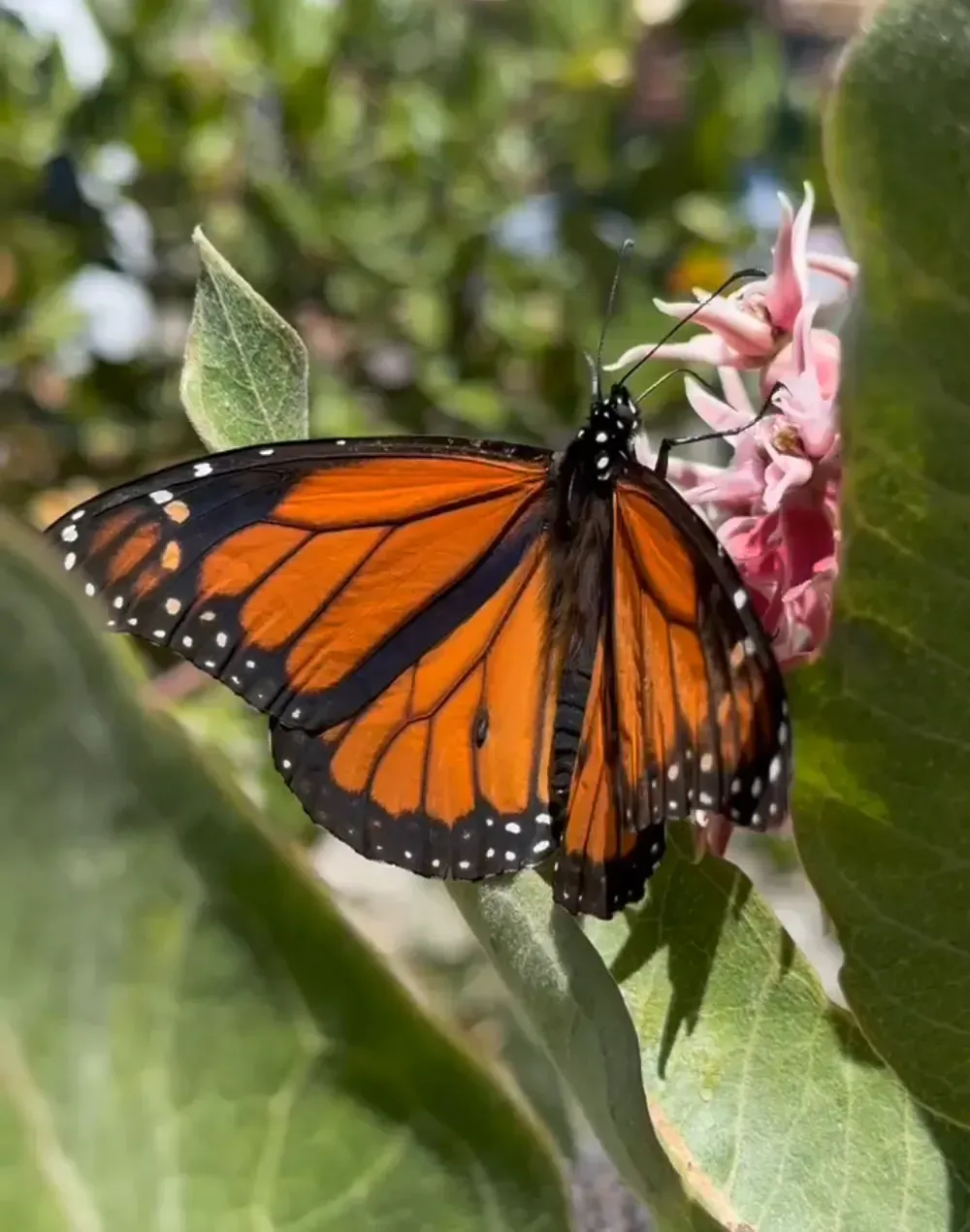The Importance of Pollinator Habitat
The focus of our next few posts is on pollinators and how we can help them thrive. The transfer of pollen in and between flowers of the same species leads to successful seed and fruit production for plants, ensuring full-bodied fruit and a full set of viable seeds. Loss of pollinators means many plants can’t reproduce at all, with catastrophic consequences up and down the food chain.
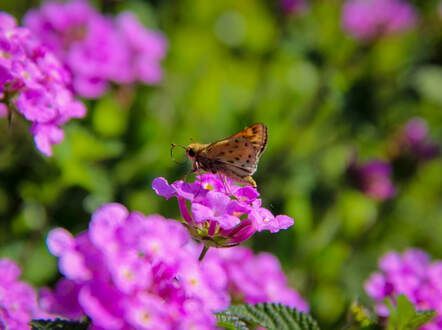
The economic cost of pollinator loss is also high: globally, the annual value of global crops directly affected by pollinators is between US$235 to US$577 billion, according to the Food and Agriculture Organization of United Nations. According to the USDA, “Three-fourths of the world's flowering plants and about 35 percent of the world's food crops depend on animal pollinators to reproduce.
More than 3,500 species of native bees help increase crop yields.”
Most of the plants grown for food, beverages, fibers, spices, and medicines depend on pollination to produce the goods on which we depend. Just a few of the foods and beverages produced with the help of pollinators include: apples, blueberries, chocolate, coffee, melons, peaches, potatoes, pumpkins, vanilla, almonds, and tequila. Without pollinators, our plant food options would be few and dull, just grains and greens.
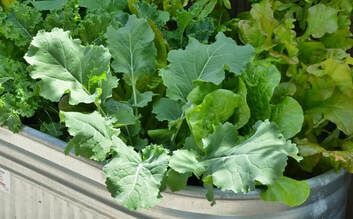
Three-fourths of the world's flowering plants and about 35 percent of the world's food crops depend on animal pollinators to reproduce. More than 3,500 species of native bees help increase crop yields.
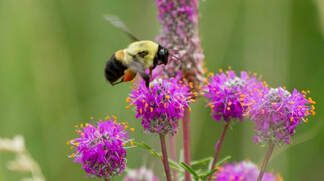
Human survival is intimately linked with many species of insects, especially pollinators. Unfortunately for them, and for us, huge areas of pollinator habitat have been and continue to be destroyed due to land development and large-scale, corporate forms of agriculture. As human populations grow, we eradicate crucial food and shelter sources for pollinator species in order to build homes, shopping centers, schools, industrial parks and agribusiness - the business of agricultural production, which includes agrichemicals (fertilizers and pesticides), breeding, crop production, distribution, farm machinery, processing, seed supply, and marketing and sales. The reduction in habitat areas, especially over the past 20 years, has resulted in a large decline in pollinator populations all over the world.
Agricultural areas in particular have had a huge impact on pollinator populations. As small farms continue to be consumed by giant agribusiness corporations, loss of habitat occurs as corporate farms convert large areas of land from a mixed group of crops and plant cover into a monoculture where only one type of plant is allowed to grow. This lack of diversity in rural areas is detrimental to all kinds of pollinators.
Finally, the increased use of pesticides, as well as the increased toxicity of modern pesticides, further diminishes the ability of pollinators to thrive. The irony of this situation is that farmers need to pay beekeepers to move their bees onto the farms in order to pollinate food crops. Bees that travel across the country to serve as pollinators tend to be weaker. These weaker, stressed bees are believed to be a part of what is leading to colony collapse disorder.
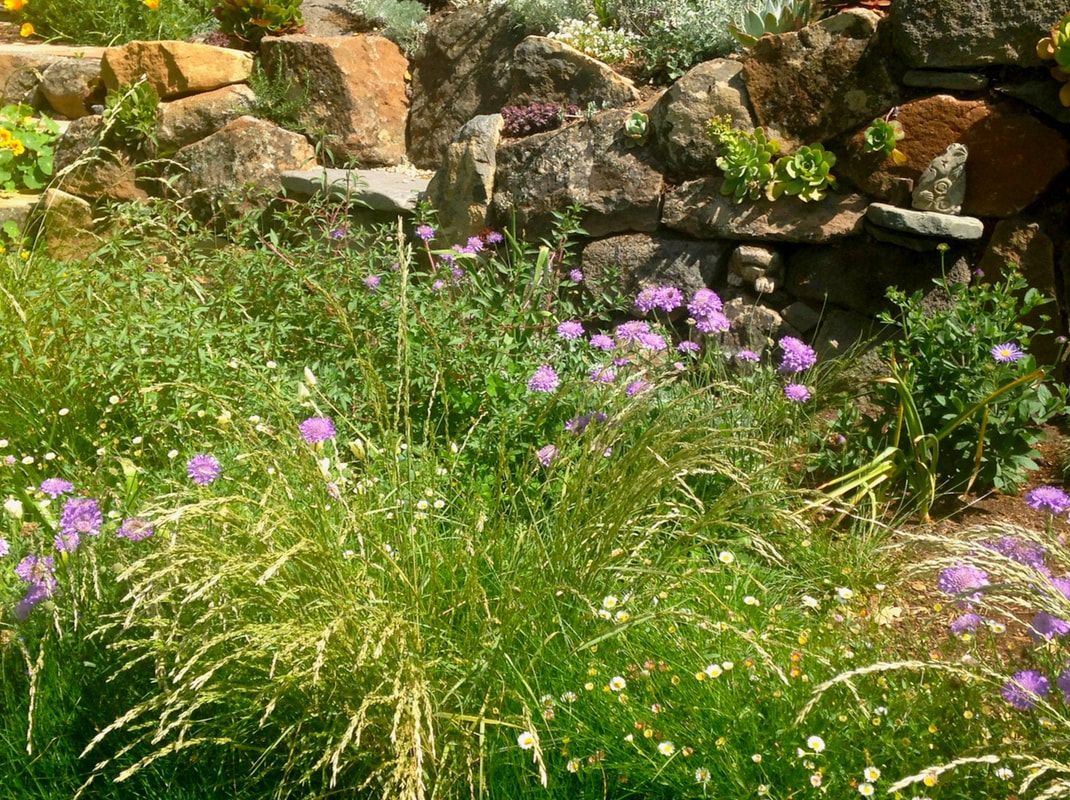
Fortunately, it’s easy to incorporate pollinator habitat into our own gardens. By adding food, shelter, and water to the garden, we can improve conditions for pollinators, and help ensure that food sources are secure for future generations. We’ll talk more about how to add these things to the garden in the next few posts. In the next post, we'll talk about ways to add food for pollinators to your garden.

